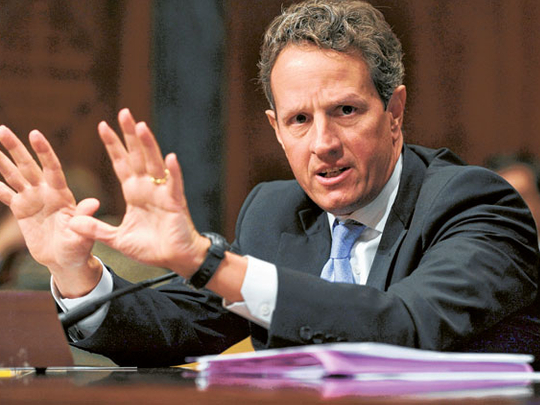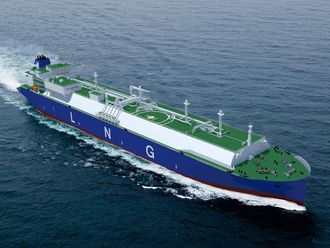
Washington/New York: Saudi Arabia has raised oil exports and the United States is considering releasing crude from its strategic reserves as oil prices hit nine-month highs on Friday and concerns deepened over Iran's nuclear programme.
Brent crude surged to over $125 a barrel after the United Nations nuclear watchdog issued a report flagging the potential military nature of Iran's nuclear programme, following an aborted UN inspection mission to Iran last week.
The report heightened fears of a supply disruption and could stoke worries in Israel, which has threatened Iran with pre-emptive strikes on nuclear sites. That would send shockwaves across the region and almost certainly drive oil prices even higher.
Top oil exporter Saudi Arabia increased exports in the past week and offered additional crude to its biggest customers to tame runaway prices, industry sources told Reuters on Friday.
Sanctions
US sanctions on Iran's oil buyers, as well as a European Union oil embargo to begin on July 1, have already forced its customers in Europe and Asia to curb purchases from Opec's second-largest crude exporter.
The Saudi move comes as the Obama administration studies tapping crude from the Strategic Petroleum Reserve among possible measures to offset any Iranian supply disruptions, according to sources familiar with the discussions.
Treasury Secretary Timothy Geithner told CNBC on Friday there may be a case for using the reserve.
"Obviously Iran can do a lot of damage to the global economy," Geithner said. "We are working very carefully to try to minimise that risk." The fear of tightening supplies, including a threat from Tehran to close the Strait of Hormuz have lifted oil prices 11 per cent this year, putting political pressure on President Barack Obama, who is running for re-election in November.
Prices at the US petrol pump are the highest on record for February. They hit $3.65 a gallon on Friday, up 13 per cent from last year, according to AAA. That has raised concern that any oil market disturbance could hoist them well over $4.00 during the US summer driving season — when demand in the world's largest oil consumer tends to be highest.
The International Monetary Fund has also warned higher oil prices are a rising threat to the global economy.
"It's clear that Washington is holding its regular firedrill on $4.00 gasoline. This means going through the laundry-list of policies they could use, including an SPR release," said Bob McNally, a former White House energy adviser who now runs energy consultant Rapidan Group. "Iran is the added twist. The odds Washington places on an Israeli attack on Iran are higher than the odds given by the oil markets."
Analysts have noted that the actual supply losses seen this year from Syria, Yemen, Sudan that have heightened market concerns are slight compared to the disruptions from Libya last year that prompted the release of the IEA's reserves.
While Europe would suffer more directly from the cut off of Iranian crude than the United States, which does not buy oil from Tehran, the knock-on effect of a disruption would drive up prices across the globe.
The US SPR has the cap-acity to hold 727 million barrels, enough to cover US needs for nearly 40 days. The government has tapped the reserve in the past during times of supply disruptions, most recently after Libya's civil war.
An SPR release during the 1991 Gulf War coincided with a 12 per cent fall in US petrol prices. One in 2005 was followed by a price-drop of 19 per cent, while last year's release coincided with a US pump-price drop of around 6 per cent, according to Department of Energy figures.












